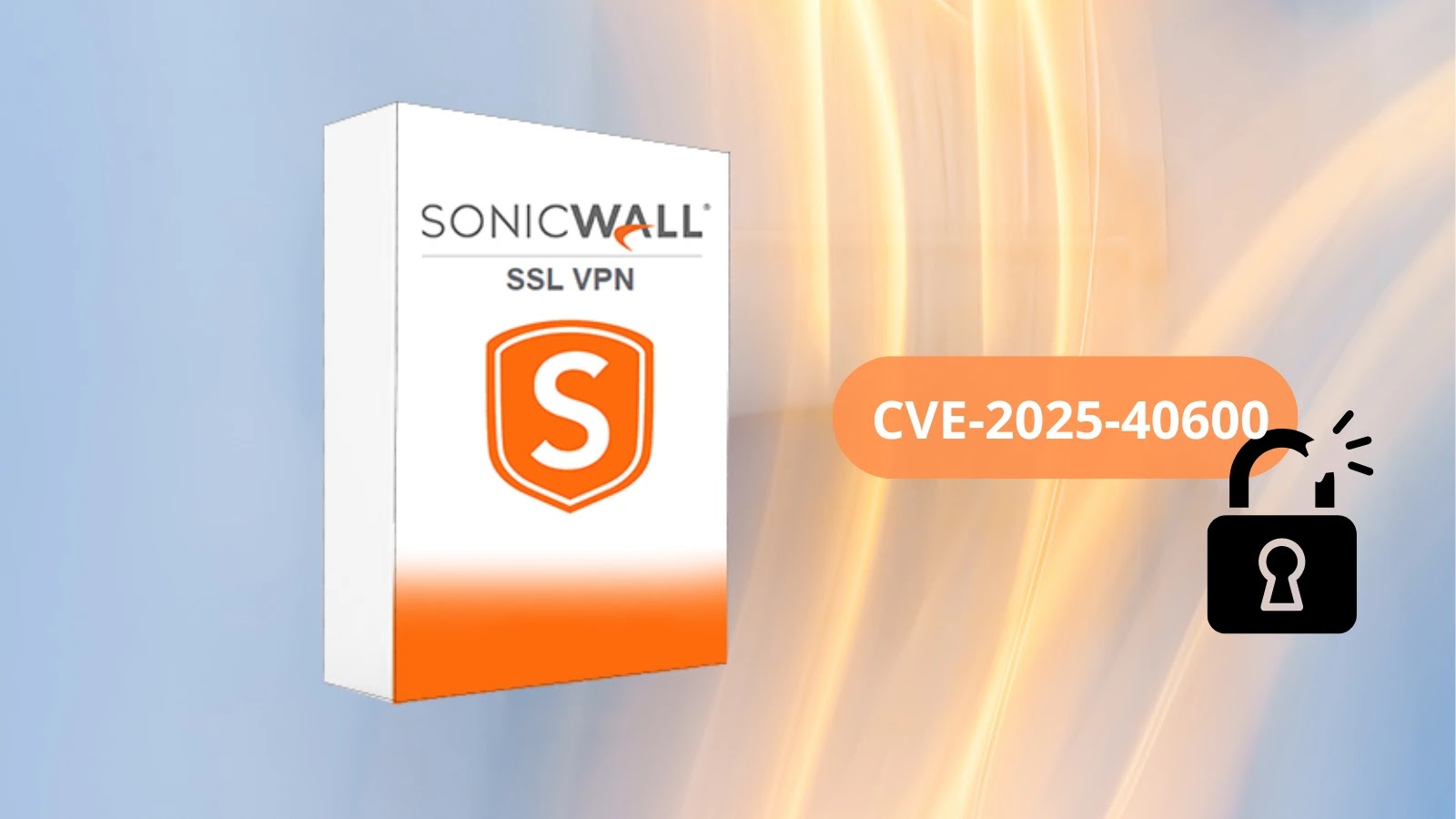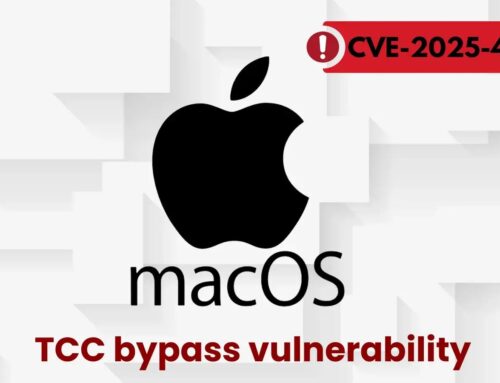
Critical SonicWall SSL VPN Vulnerability Let Attackers Trigger DoS Attack on Firewalls
The digital perimeter of many organizations relies heavily on robust firewall solutions. When critical vulnerabilities emerge in these foundational security tools, the implications can be severe, leading to service disruption and potential reputational damage. Recently, a significant vulnerability in SonicWall’s Gen7 firewall products has come to light, posing a direct threat to the availability of their SSL VPN services. Our deep dive into CVE-2025-40600 unpacks this critical security flaw and provides actionable insights for cybersecurity professionals.
Understanding the SonicWall SSL VPN DoS Vulnerability
A critical format string vulnerability, identified as CVE-2025-40600, has been discovered in several SonicWall Gen7 firewall models. This flaw specifically impacts the SSL VPN interface, allowing remote, unauthenticated attackers to initiate a denial-of-service (DoS) attack. A successful exploit doesn’t grant data access or code execution but can render the SSL VPN service unavailable, severely disrupting user access to internal network resources.
The vulnerability’s CVSS v3 score is 5.9, classifying it as medium severity. However, its high impact on availability underscores the urgency of addressing it. For many organizations, an inaccessible SSL VPN means a complete halt to remote work capabilities or critical business operations, leading to significant financial and operational consequences.
Affected SonicWall Products and Impact
This vulnerability principally affects SonicWall’s Gen7 firewall product line. While specific models aren’t detailed in the immediate disclosure, organizations utilizing SonicWall Gen7 firewalls for their SSL VPN services should assume they are at risk until proven otherwise. The primary impact is service denial. Attackers exploiting this flaw can trigger a DoS condition on the firewall’s SSL VPN interface, effectively making it inoperable for legitimate users.
An unavailable SSL VPN service can:
- Prevent remote employees from accessing corporate networks.
- Block critical business applications and data for off-site users.
- Lead to significant operational downtime and productivity loss.
- Potentially necessitate emergency travel for essential personnel to access on-premises resources.
Technical Breakdown: Format String Vulnerabilities
A format string vulnerability arises when an application incorrectly handles user-supplied input as a format string in functions like printf() or sprintf(). Instead of treating the input as data to be printed, the function interprets it as instructions for formatting output, potentially leading to information disclosure, memory corruption, or, as in this case, a denial-of-service condition. By crafting a malicious input string, an attacker can manipulate the program’s execution flow, causing it to crash or enter an infinite loop, thus leading to a DoS.
In the context of the SonicWall SSL VPN, this means a specially crafted request sent to the VPN interface could trigger the format string flaw, causing the service to become unstable and eventually unresponsive.
Remediation Actions and Mitigation Strategies
Addressing CVE-2025-40600 is paramount for maintaining the availability and integrity of your SonicWall SSL VPN services. While specific patches are usually released by the vendor, here are immediate and long-term remediation strategies:
- Apply Vendor Patches: The absolute highest priority is to apply any official firmware updates or patches released by SonicWall that address CVE-2025-40600. Monitor SonicWall’s official security advisories and support channels diligently for these updates.
- Isolate and Segment: Ensure your SSL VPN interface is as isolated as possible from other critical network segments. Implement strict network segmentation to limit the blast radius if an attack is successful.
- Implement Rate Limiting: Configure rate limiting on your firewalls or upstream devices to prevent rapid, successive connection attempts that might be indicative of a DoS attack.
- Utilize Web Application Firewalls (WAFs): While this vulnerability is at the network/SSL VPN layer, a WAF might offer an additional layer of defense by inspecting and filtering malicious requests before they reach the vulnerable service, depending on the attack vector.
- Monitor Logs Aggressively: Implement robust logging and monitoring for your SonicWall devices. Look for unusual traffic patterns, repeated connection failures, or specific error messages related to the SSL VPN service that could indicate an attempted exploit.
- Regular Penetration Testing: Conduct regular penetration tests against your external-facing services, including your SSL VPN, to identify and rectify vulnerabilities proactively.
- Review and Enforce Access Controls: Ensure that only necessary ports and services are exposed to the internet. Limit access to the SSL VPN interface to only those IP ranges from which legitimate users are expected to connect.
Relevant Security Tools
Several tools can assist in detecting potential vulnerabilities, monitoring network traffic, or fortifying your defenses against DoS attacks.
| Tool Name | Purpose | Link |
|---|---|---|
| Nmap | Network discovery and port scanning to identify exposed SSL VPN services. | https://nmap.org/ |
| Wireshark | Network protocol analyzer for deep inspection of network traffic for suspicious patterns. | https://www.wireshark.org/ |
| Snort / Suricata | Network intrusion detection system (NIDS) for real-time traffic analysis and attack detection. | https://www.snort.org/ https://suricata-ids.org/ |
| Security Information and Event Management (SIEM) | Centralized log collection and analysis for anomaly detection and incident response. | (Varies by vendor: Splunk, ELK Stack, QRadar, etc.) |
Conclusion
The disclosure of CVE-2025-40600 in SonicWall Gen7 firewalls serves as a stark reminder of the persistent threat posed by critical vulnerabilities in network infrastructure. While it’s a denial-of-service vulnerability rather than a direct data breach risk, its potential to cripple remote access and business operations is significant. Organizations relying on SonicWall’s Gen7 firewalls must prioritize applying vendor-supplied patches as soon as they are available and implement robust defensive measures. Vigilance, timely patching, and comprehensive security practices remain the best defense against evolving cyber threats.





